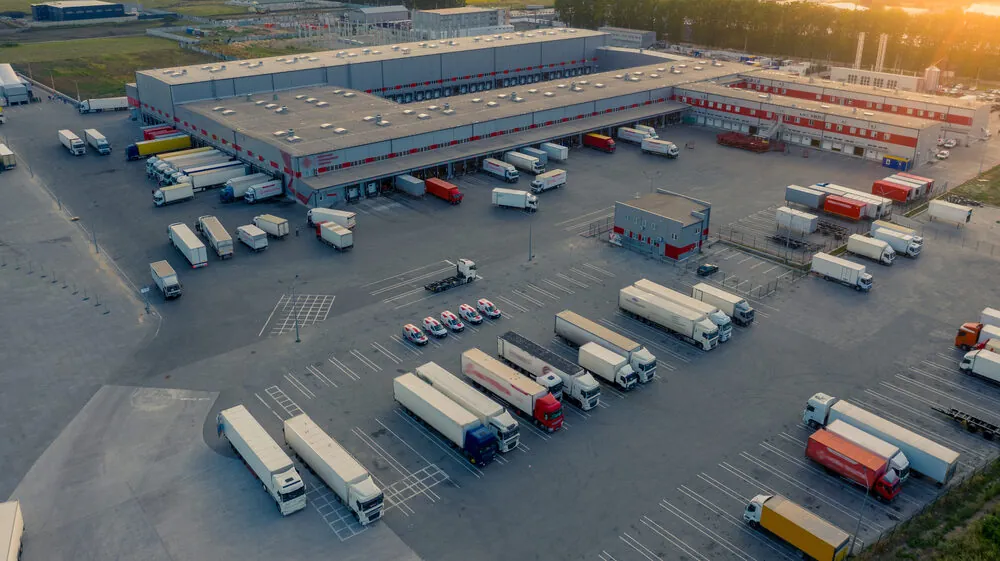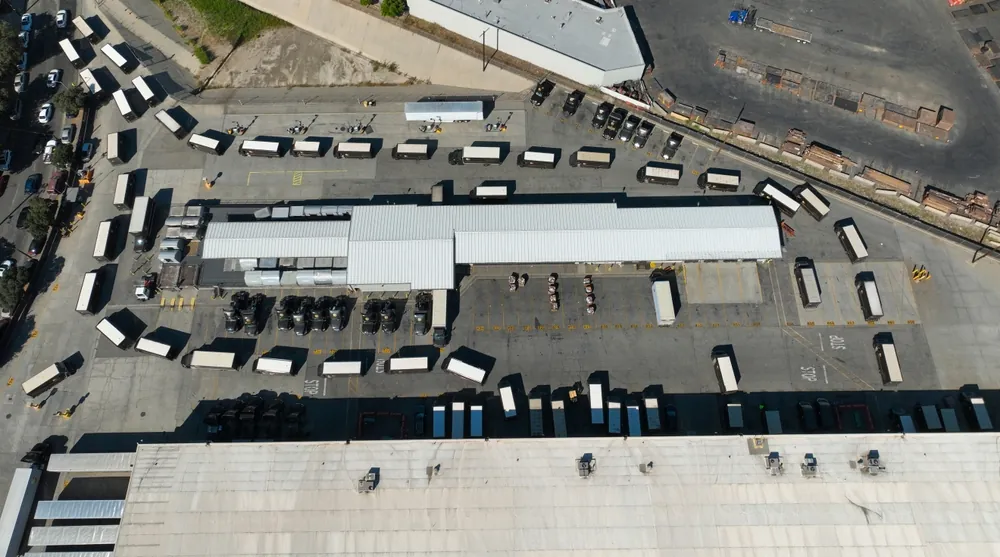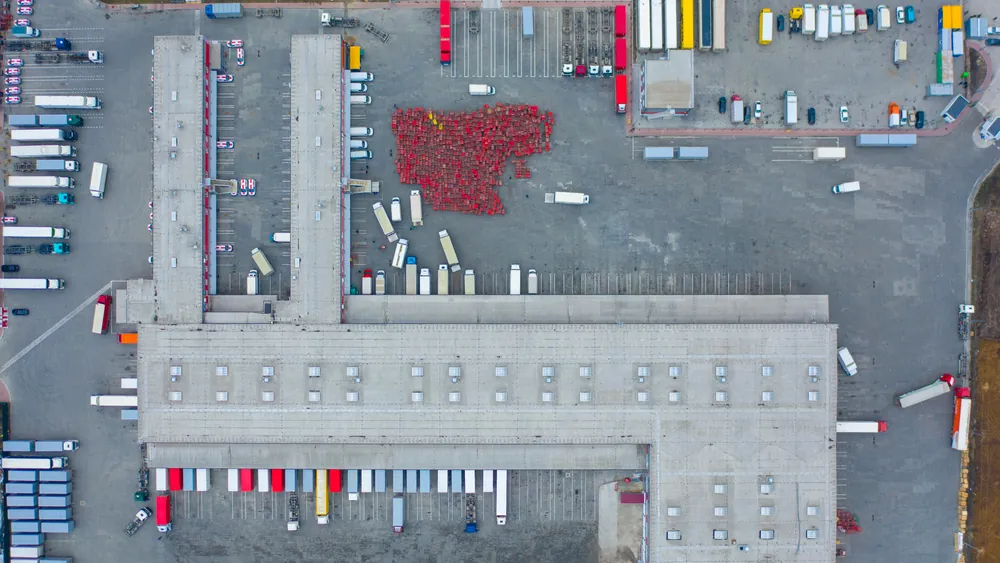The Concept and Necessities of Urban Delivery Hubs
Urban Delivery Hubs (UDHs) are emerging as a promising solution to the challenges associated with final-mile shipping, but their effectiveness heavily relies on having a substantial volume of shipments. Jameson Goforth from ITS Logistics has pointed out that for these hubs to be successful, they need to handle significant volumes of goods. This could involve collaboration between 3PL providers or industry associations to gather enough freight to make the concept work efficiently.
The final-mile delivery stage involves transporting goods from a distribution center to the customer’s doorstep and is notoriously the most expensive part of the shipping process. The cost increases as the delivery takes longer, and this is exacerbated in urban settings where large trucks face difficulties navigating through congested streets. Furthermore, the compensation structure for long-haul drivers often does not accommodate the frequent stops and delays encountered in city environments.
The concept of Urban Delivery Hubs aims to address these issues by creating a logistical solution that improves efficiency. Essentially, a UDH is established on the outskirts of a city. Long-haul drivers transport their loads to this hub, bypassing intermediate regional distribution centers and cross-dock facilities. The goods are transferred to local delivery partners at the hub who handle the final-mile delivery within the urban area.
Advantages of UDHs
Urban Delivery Hubs (UDHs) offer significant advantages for final-mile delivery. By positioning hubs on city outskirts, long-haul trucks drop off their cargo at these hubs, reducing the distance and complexity of urban deliveries. This approach minimizes the need for long-distance travel through congested city streets, which can be costly and inefficient.
Key benefits include:
Cost Reduction: Final-mile delivery is confined to the city, avoiding the need for long-haul trucking across multiple states, thus cutting transportation costs.
Operational Efficiency: Long-haul drivers cover fewer urban miles, optimizing their routes and reducing the time spent navigating through city traffic.
Faster Deliveries: With goods closer to their final destination, local delivery partners can ensure quicker delivery times to customers.
Better Resource Utilization: UDHs enhance the productivity of long-haul drivers by minimizing urban driving and focusing their efforts on longer routes outside congested areas.
These hubs are especially beneficial for large retailers or manufacturers with high shipment volumes, making them a practical solution for improving last-mile delivery efficiency.
Challenges and Volume Requirements
However, the success of UDHs hinges on one critical factor: volume. According to Goforth, large retailers or manufacturers with significant shipment volumes are best suited to support such hubs. For example, Home Depot has used regional distribution centers to meet high demand by strategically placing these centers in various markets to ensure next-day delivery. The same principle applies to UDHs. A shipper with only a modest number of shipments daily would need help to justify multiple hubs across the country. Instead, large retailers with substantial urban shipment density are more likely to make UDHs feasible.
Goforth used an example of a shipper sending freight from McHenry, Illinois, to Dallas. If the volume is small—just a few pallets—the route becomes inefficient, requiring multiple cross-docks. However, if the volume is sufficient, establishing a fulfillment center in Dallas could streamline operations, as a significant portion of shipments might end up there.
Retail giants like Amazon already operate fulfillment centers due to their high shipment volumes. Target has also utilized its storage facilities to manage high-volume orders efficiently. For companies without such volumes, managing a UDH could involve various strategies. Pratik Jagad from nuVizz explained that shippers might own and operate the facility or outsource it to third-party logistics (3PL) companies.
Potential for Future Innovation
The UDH model also holds the potential for innovative delivery methods. Goforth mentioned that advancements like autonomous delivery systems, similar to those used by Domino’s for pizza delivery in Houston, could become more prevalent for packages. Although Europe already employs such systems, the U.S. has yet to embrace them fully.
Practical Considerations: Despite the theoretical advantages, implementing UDHs has practical challenges. Jagad highlighted that while cost benefits are evident, the real-world application might only sometimes align with theory. Efficient forecasting and ensuring that the correct items are available at the hub are crucial for success. A forward-placed hub might still require shipments from regional distribution centers if the necessary items must be stocked locally.
Future Developments: In 2011, Steve Viscelli, a professor at the University of Pennsylvania, proposed an adaptation of the UDH concept to eliminate long-haul trucking within urban areas. His vision involved long-haul drivers dropping trailers at a hub on the city’s outskirts, which would then be transported to final destinations using electric trucks. This approach aims to reduce emissions and streamline urban delivery processes while allowing long-haul trucks to return to their routes more efficiently.
Viscelli’s idea reflects a broader trend of integrating new technologies and logistics solutions to address urban delivery challenges. Despite their range limitations, electric trucks could handle the final-mile delivery efficiently, while long-haul trucks focus on longer routes.
Urban Delivery Hub (UDH): FreightCenters Opinion
Urban Delivery Hubs represent a strategic approach to improving final-mile delivery efficiency, but their success depends on substantial shipment volumes and effective implementation. As the logistics industry evolves, integrating innovative solutions and adapting to new challenges will be essential for optimizing shipping processes and meeting the growing expectations of consumers.




